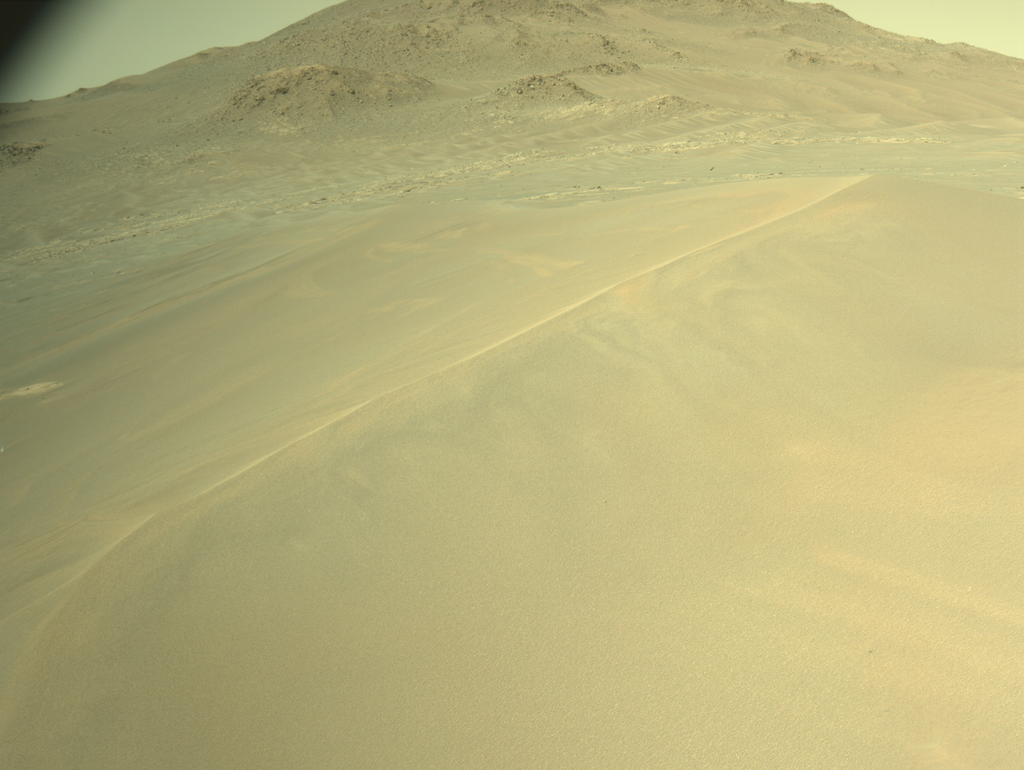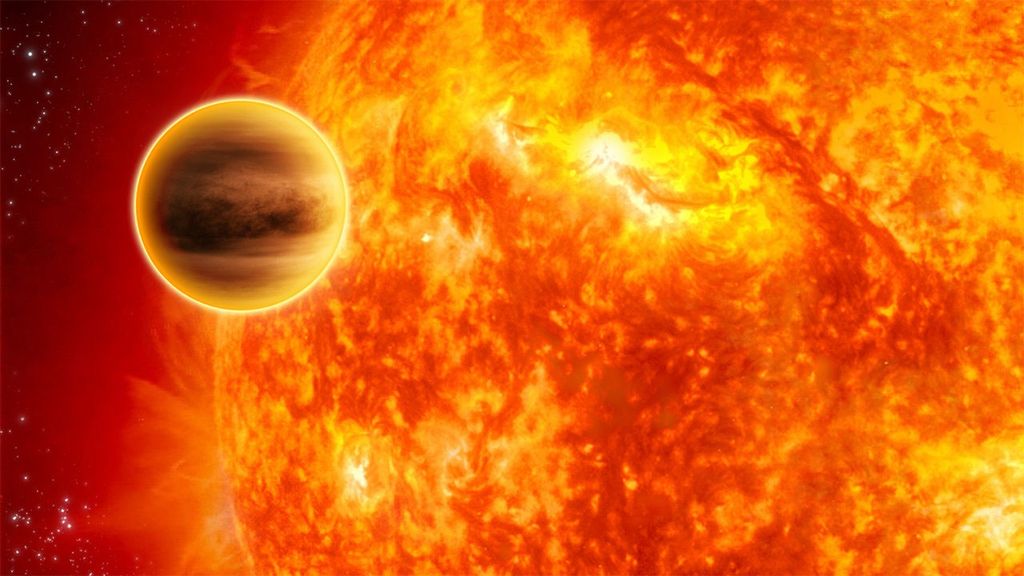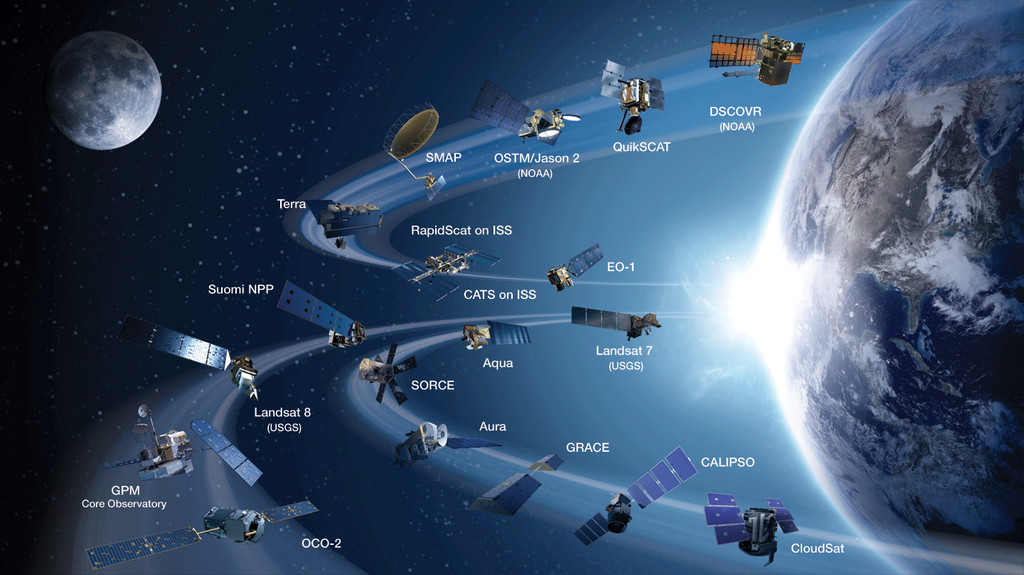Science Interest Group
Galaxies
The Galaxies Science Interest Group (Galaxies SIG) offers an opportunity for researchers across all career stages studying galaxies.
About Galaxies SIG
Exploring Galaxies Throughout the Universe
The Cosmic Origins program is forming a science interest group (SIG) that will help NASA understand and implement recommendations from the upcoming decadal survey in the area of galaxies. This group will also sponsor discussions, research seminars, and periodic meetings.
Participating in a science interest group is an opportunity to meet people and make professional connections. It is an opportunity to learn about NASA astrophysics and share in the joy of creative science. It is also an opportunity to help others and give back to the astronomical community.
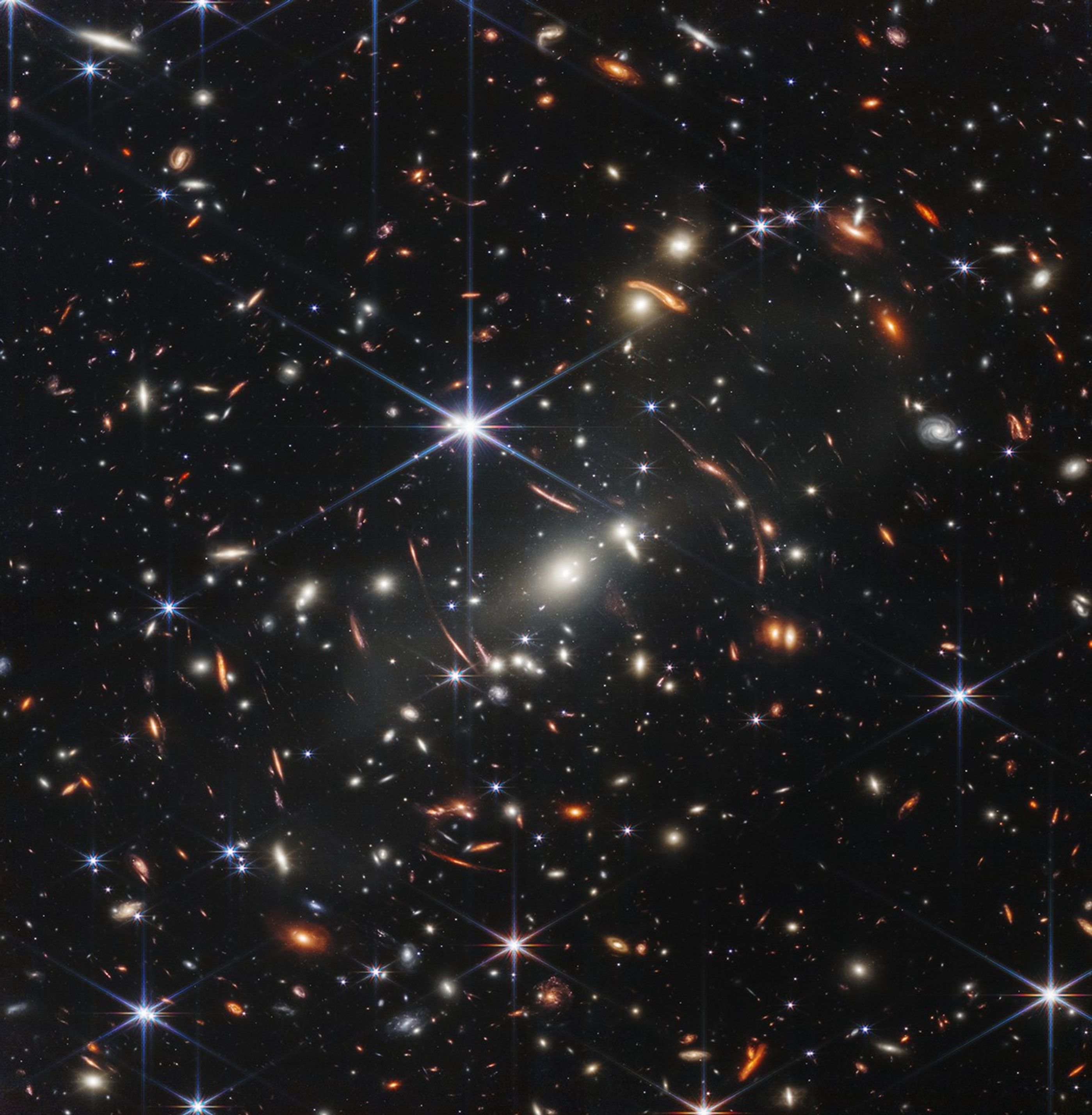
News & Events

Simulations Meet Space Telescopes to Understand AGN at Cosmic Dawn Speaker Sabrina Berger (University of Melbourne) Abstract For the first time, JWST lets us directly see the stellar light from galaxies hosting luminous quasars at z > 6. Early stellar…

Disentangling Baryonic and Dark Matter Physics with the Smallest Galaxies Speaker Erin Kado-Fong (Stanford) Abstract Low-mass “dwarf” galaxies, with masses less than around 10 percent that of the Milky Way, present both a puzzle and an opportunity for our understanding…

Leadership Council Name Affiliation & Email Lead: Benne Holwerda Email Co-Lead: Aaron Yung Email Caryl Gronwall Email Gregory Mosby Email David Sobral Email Shobita Satyapal Email Rupali Chandar Email

Enhance! Spatially-Resolving Sub-kpc Physics Within High-z Galaxies Taylor Hutchison, NASA / GSFC With the advent of JWST, we have witnessed an explosion of science in the early Universe — with recent results unveiling the conditions for the earliest births and…

Resolving Galaxy Evolution Across Space, Time, and Wavelength with HWO Kartheik Iyer, Columbia Univ., Hubble Fellow HWO’s exceptional angular resolution and wavelength coverage will enable detailed reconstruction of star formation histories (SFHs) for an unprecedented number of galaxies across cosmic…

The Extreme Nature of Galaxies and Stellar Populations at Cosmic Dawn Harley Katz | University of Chicago The few years of JWST observations have revealed numerous anomalies at high-redshift such as an unexpected excess of bright galaxies at z>9, peculiar…
Leadership Council
| Name | Affiliation & Email |
|---|---|
| Lead: Benne Holwerda | |
| Co-Lead: Aaron Yung | |
| Caryl Gronwall | |
| Gregory Mosby | |
| David Sobral | |
| Shobita Satyapal | |
| Rupali Chandar |
How to Participate
We invite participation from the community, particularly from early-career researchers and those from under represented backgrounds in astronomy. Please contact us for more information about our activities and mission, and how you can get involved.
Contact Us about How to Participate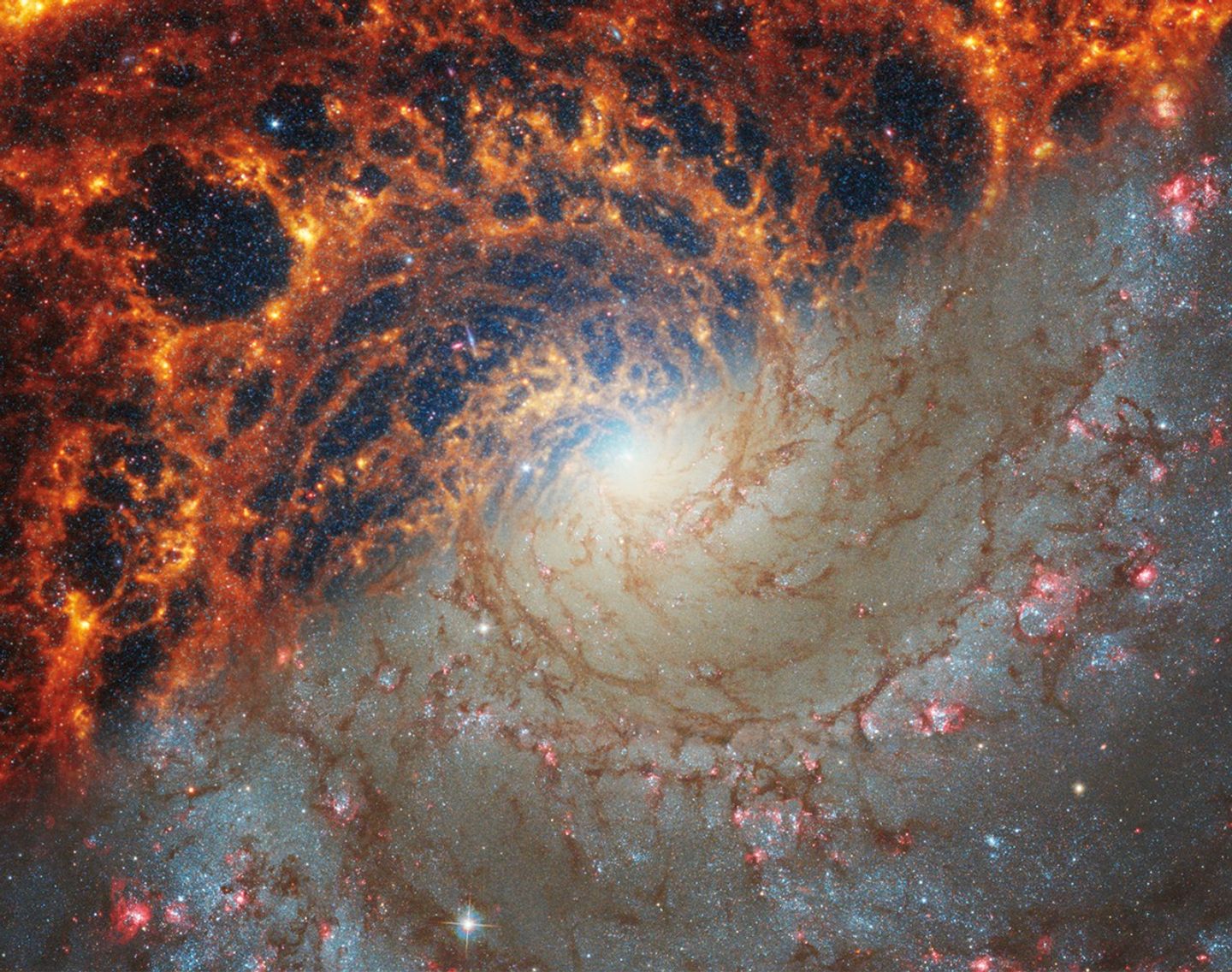
News Straight to Your Inbox
Subscribe to your community email news list
We will never share your email address.




